Imagine a world where the most exciting thing about a school is its website ranking! Sounds funny. But in the digital era, that’s exactly where the battle for students’ attention is fought. SEO is no longer a term but a vital tool for educational institutions seeking to stand out online. That’s where Plerdy comes into play, offering insights and tools that transform ordinary school websites into digital magnets. In this article, we’ll dive into why SEO is essential for educational institutions and how it can be the secret weapon to attract more prospective students.
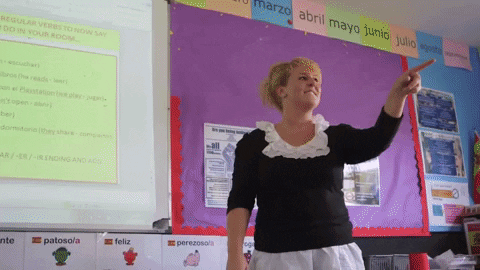
Understanding the Basics of SEO in Education
In today’s digital classroom, the first lesson is always about visibility. Just as a school building needs to be visible and accessible, so does its online presence. This brings us to the core of SEO in education – a subject not found in traditional textbooks yet indispensable in the modern educational framework.
What is SEO and Its Significance for Educational Websites
SEO is the art and science of improving your website’s search engine rankings. It’s about ensuring that when a prospective student types in a query related to education, your institution appears prominently in the results. This is not just about attracting more website visits; it’s about reaching the right audience – students actively seeking your educational services. BrightEdge found that organic traffic generates over 40% of income, demonstrating the importance of SEO in producing profitable traffic. SEO for educational institutions is more than a marketing strategy; it’s a bridge that connects students to the resources they need for a brighter future.
Key Components of an Effective SEO Strategy
An effective SEO strategy in education hinges on several key components. Firstly, keyword research is paramount. Tools like Google’s Keyword Planner allow you to uncover the terms and phrases prospective students use in their online searches. Integrating these keywords naturally into your website’s content boosts your visibility in search results. Additionally, content quality must be noticed. The Google Search Quality Evaluator Guidelines emphasize the importance of expertise, authoritativeness, and trustworthiness in content, especially in education. Your website’s user experience also plays a vital role. A user-friendly interface, clear navigation, and fast-loading pages enhance the overall experience, positively impacting your SEO efforts. Lastly, mobile optimization is crucial as more students use mobile devices for educational queries. Ensuring your website is mobile-friendly caters to this growing demographic.
Understanding SEO basics in education is fundamental in today’s digital era. An effective SEO strategy can distinguish between a hidden gem and a widely recognized educational institution. Schools and universities can effectively position themselves in the vast digital landscape by focusing on relevant keywords, producing quality content, enhancing user experience, and optimizing for mobile. Remember, being found online in education is just as important as the quality of education provided.
Conducting Effective Keyword Research
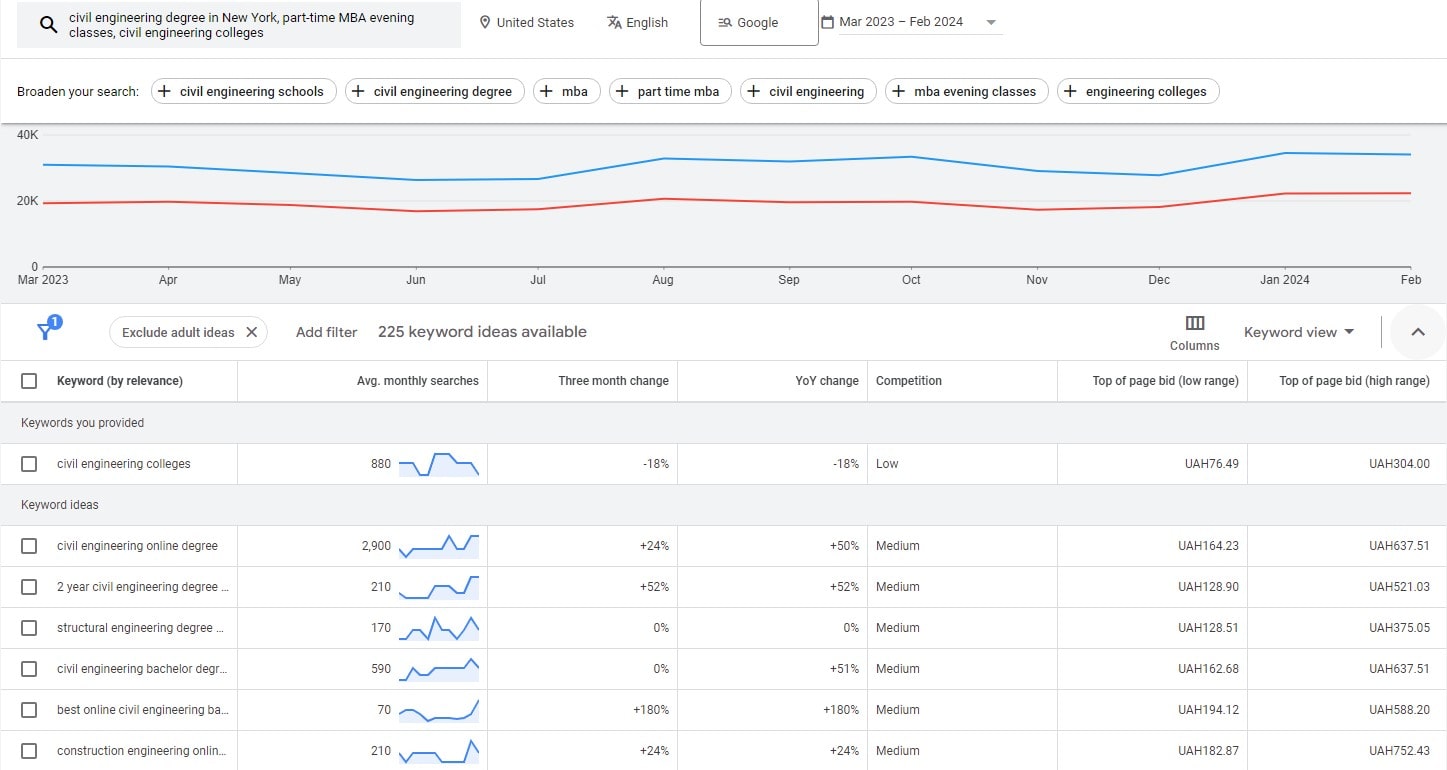
Unlocking the potential of your educational institution’s website begins with a treasure hunt for the right words. Yes, we’re talking about keyword research, the cornerstone of any successful SEO strategy. Effective keyword research is like a roadmap guiding potential students straight to your digital doorstep.
Identifying Relevant Keywords for Educational Sites
The journey to effective keyword research starts with understanding your audience. What are prospective students typing into search engines when looking for courses or educational information? Tools like SEMrush and Google’s Keyword Planner are invaluable in this quest. They provide insights into search volumes and keyword difficulty and even suggest related terms you might have yet to consider. For educational websites, it’s important to focus on a mix of broad and specific terms. Broad terms might include general areas of study like “engineering courses” or “online MBA programs.”
In contrast, more specific terms could be “civil engineering degree in New York” or “part-time MBA evening classes.” Moz’s Beginner’s Guide to SEO suggests a balance between high-volume, competitive, and more niche, long-tail keywords. This approach ensures visibility in both popular and specific searches.
Integrating Keywords into Your Content
After choosing your keywords, naturally and intelligently include them in titles, headings, meta descriptions, and body material. Stuffing your content with keywords can backfire. Google’s algorithms are smart enough to detect keyword stuffing and could penalize your site. Instead, focus on creating content that seamlessly includes your keywords while providing value to your readers. For instance, a blog post titled “Top 10 Tips for Succeeding in Online MBA Programs” targets specific keywords and offers the reader valuable information. It’s also important to update content regularly as search trends and terms evolve. Tools like Ahrefs can help track your keyword rankings and suggest content updates to stay ahead of the curve.
In wrapping up, remember that keyword research is not a one-time task but an ongoing process. As the educational landscape evolves, so do prospective students’ search terms and interests. Regularly updating your keyword strategy ensures that your institution remains visible and relevant in the ever-changing world of online education. With the right keywords, your website can become a beacon, guiding students to the wealth of knowledge and opportunities your institution offers.
Boosting SEO in Education: Streamlining School Website Structure
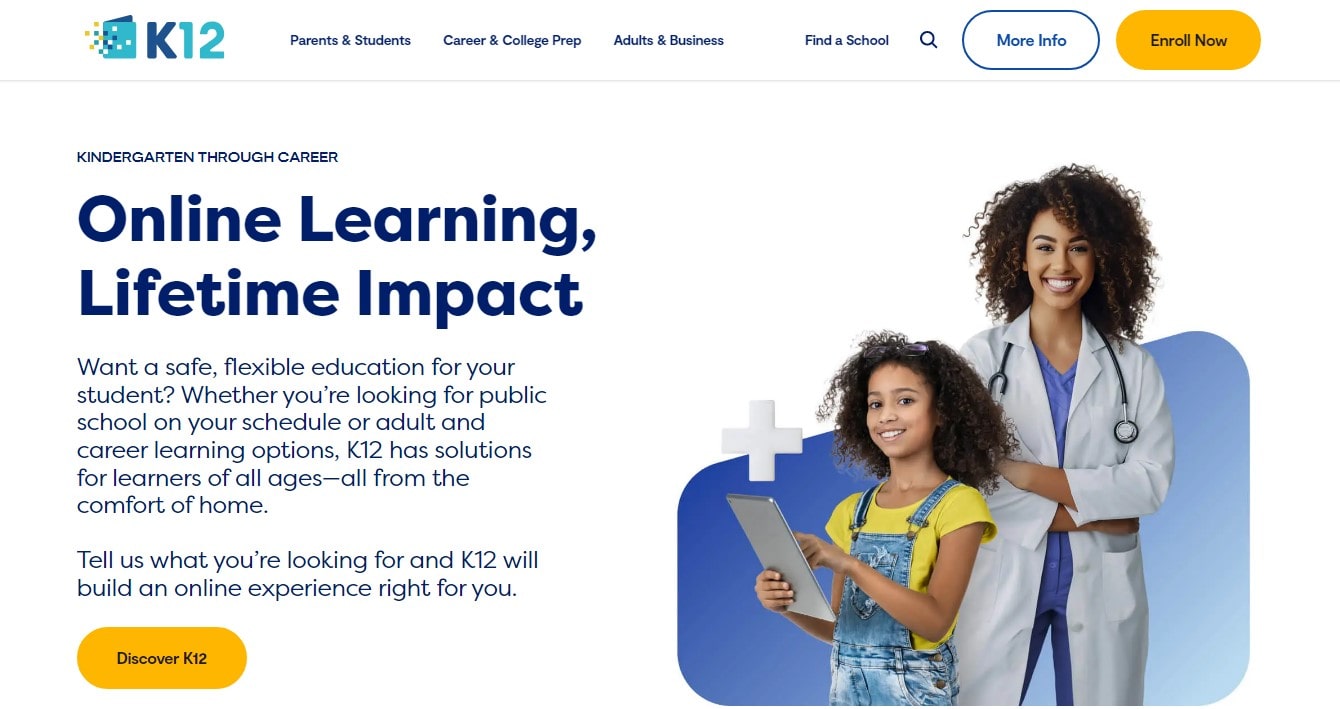
In the SEO sphere, especially for schools and educational institutions, the structure of your website is critically influential. Just as a meticulously planned curriculum is indispensable in education, a strategically organized website is central to achieving top-notch SEO for schools. Optimizing your school’s website structure is akin to laying a robust digital foundation for your educational institution’s online presence.
Emphasizing Mobile-Friendly Design for School SEO
In today’s digital age, where mobile browsing predominates, a mobile-optimized website is not a mere advantage but a necessity for schools. Statista reports that over 50% of worldwide internet traffic is mobile, underscoring the necessity for educational institutions to prioritize responsive web design. Google’s mobile-first indexing prioritizes SEO for your school’s mobile website. Ensuring that your school’s website is responsive and adapts effortlessly to different screen sizes is crucial for effective SEO in education. Utilizing tools like Google’s PageSpeed Insights is vital for assessing and improving your school’s website performance on mobile devices. A mobile-friendly website in the education sector transcends visual appeal; it’s about providing an accessible and engaging user experience for students, parents, and educators.
Optimizing Site Speed and User Experience for School SEO
Site speed is paramount in SEO and user experience, especially for educational websites. Google indicates that a jump in page load time from one to five seconds drastically increases bounce rates. Websites of educational institutions, often loaded with rich content like videos and images, require meticulous optimization to maintain fast loading times. Employing tools like GTmetrix can offer valuable insights into enhancing your school website’s speed, suggesting improvements such as image compression and browser caching. Equally important is the user experience. A school’s website should be user-friendly, with a coherent menu structure, logical navigation, and readily accessible information. This includes prominently positioned CTA buttons and simple, efficient contact forms. By boosting both site speed and user experience, educational institutions enhance their SEO ranking and reflect their commitment to excellence and accessibility in education.
You strengthen your online authority by diligently refining your educational institution’s website structure for SEO. A mobile-responsive, swift, and user-friendly website significantly bolsters search engine rankings and enriches the user experience for visitors. This strategy ensures that your digital presence is as inviting and informative as your physical, educational environment, often serving as potential students’ initial engagement point. In the realm of SEO for education, your school’s website’s structural and functional integrity is as imperative as its educational content.
Content Is King: Creating Quality SEO Content
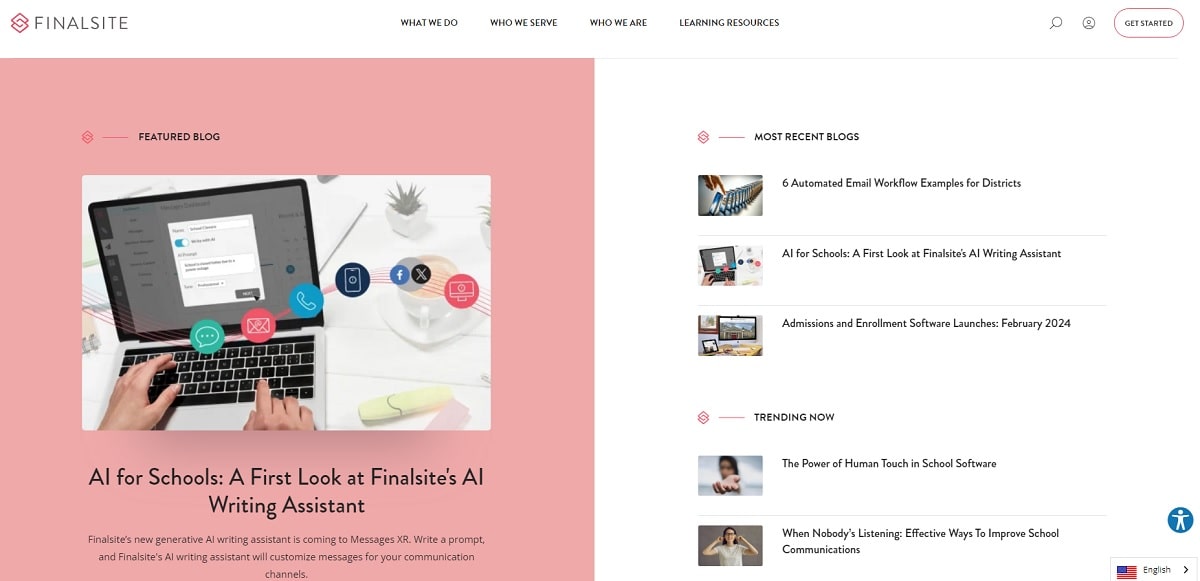
In the vast ocean of the internet, where countless websites are vying for attention, content is the lighthouse guiding visitors to your educational institution’s shores. High-quality, SEO-optimized content doesn’t just attract visitors; it engages and informs them, turning casual browsers into committed students.
Crafting Engaging and Informative Content
Understanding your audience’s requirements and interests helps you create engaging content. For educational institutions, this means providing information that’s not only informative but also engaging. Content should address prospective students’ and families’ concerns. This could range from detailed course descriptions and faculty profiles to student life and career prospects after graduation. But it’s not just about the information you provide; it’s how you present it. Your content should be well-written, clear, and concise, breaking down complex ideas into digestible pieces. Use subheadings, bullet points, and photos to make the text more legible. Engaging content is shared, and Backlinko found that long-form content gets more backlinks, a vital SEO component. Go in-depth when necessary.
Using Multimedia and Visuals Effectively
Incorporating multimedia and visuals can take your content to the next level. Videos, infographics, and interactive elements make your content more engaging and help explain complex topics more effectively. For instance, a virtual tour of your campus or a video testimonial from alumni can give prospective students a real feel of what to expect. However, ensuring these multimedia elements are optimized for SEO is important. This means using descriptive file names, alt text for images, and video transcripts. According to Moz, images and videos can appear in image and video search results, increasing the visibility of your content.
Educational SEO relies on quality content. Creating informative and engaging content and effectively using multimedia can improve your website’s SEO performance, attract more visitors, and, ultimately, encourage more students to choose your institution. Remember, in the digital world, your content is your voice; make sure it speaks clearly and compellingly to your audience.
Enhancing SEO for Education: Establishing School Authority Online
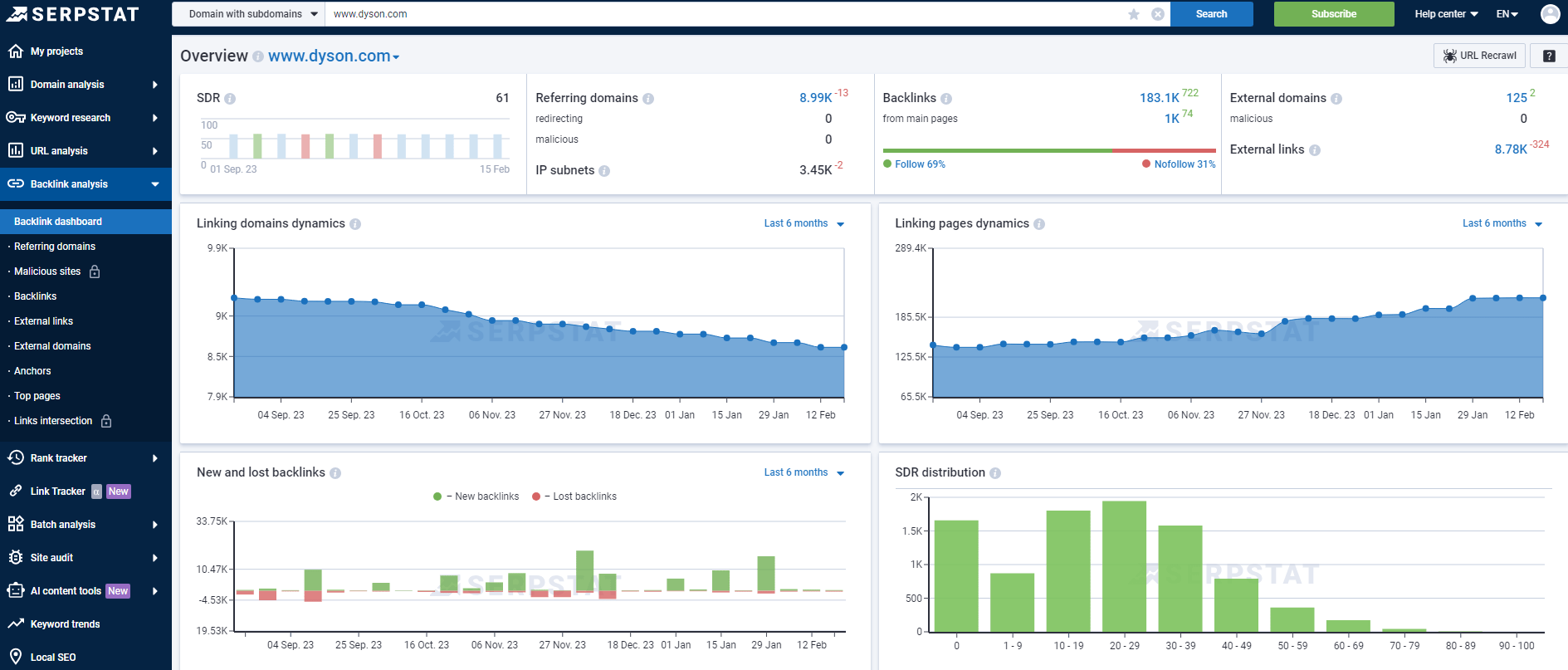
In today’s digital landscape, the reputation of your school or educational institution isn’t solely based on your declarations. External perceptions and mentions equally impact it. SEO is vital, especially through backlinks and social proof, akin to digital recommendations. These elements are key in fortifying your educational entity’s online stature and trustworthiness.
Cultivating a Robust Backlink Portfolio for Educational SEO
Backlinks, essentially hyperlinks from external websites to your own, act as endorsements in the digital realm, significantly elevating your school’s SEO standing. To enhance your educational website’s SEO, generate content that naturally attracts these backlinks. Think educational articles, scholarly research, and comprehensive guides – content that cements your institution as a knowledge hub, encouraging other websites to link to you. Further, guest blogging on esteemed educational platforms can be a strategic move to gain valuable backlinks. It’s crucial to remember that in the world of SEO for education, the quality of backlinks often outweighs the quantity. High-caliber links, particularly from well-regarded educational sites, carry more SEO weight. Utilize tools like Ahrefs or Moz to monitor and refine your backlink strategy.
Maximizing Social Media and Reviews for School SEO
Social proof—online reviews, testimonials, and a strong social media presence—influences prospective students. Encourage your student body and graduates to share genuine feedback on platforms like Google My Business and niche educational forums. This bolsters your school’s credibility and propels your local SEO efforts. Social media channels are invaluable for fostering connections with your audience. Consistently engaging with your community through content, responses, and discussions and highlighting student successes, campus happenings, and academic insights can create an interactive, lively community around your educational brand. As per HubSpot, social media signals can influence search engine rankings indirectly.
In sum, fortifying your educational institution’s online authority demands a strategic SEO approach, emphasizing acquiring quality backlinks and utilizing social proof. A strong backlink profile signals search engines that your site is a reputable educational resource. Concurrently, positive reviews and an active social media footprint enhance credibility among prospective students. In the SEO universe, trust and authority are inseparable from visibility and success for any school or educational establishment.
Tracking and Analyzing SEO Performance
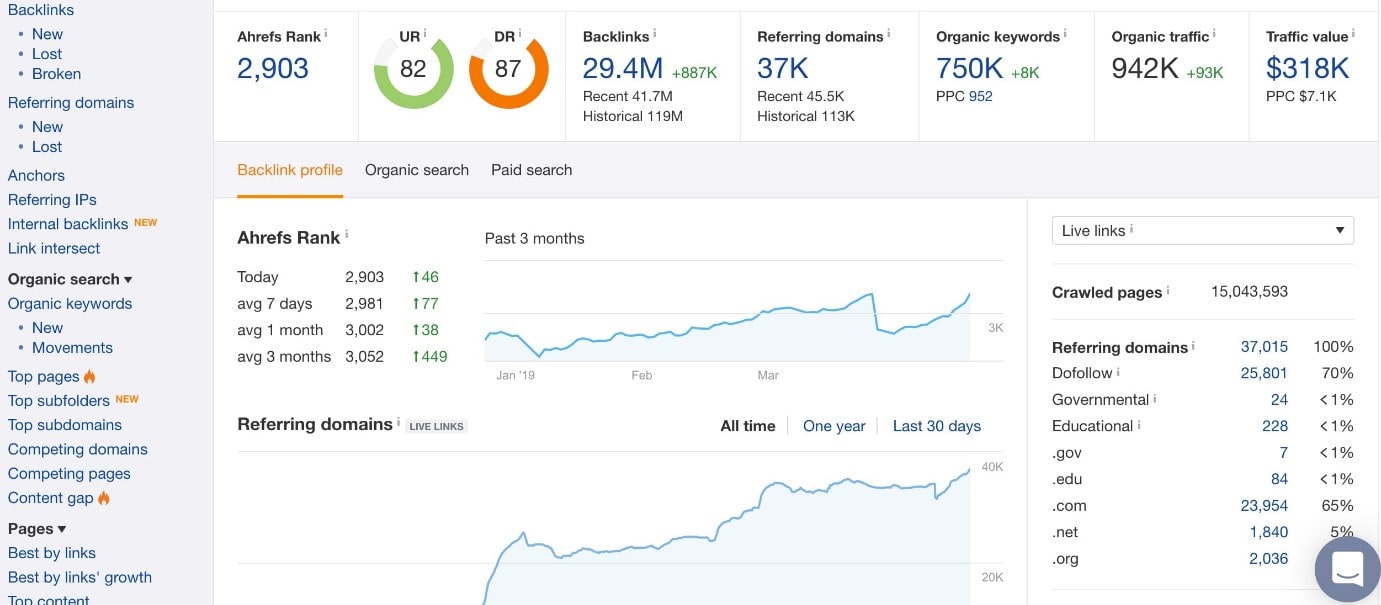
In the world of SEO, launching your strategy is just the beginning. The real game-changer is how you track and analyze your SEO performance. Think of it as a report card for your website – it tells you what’s working, what’s not, and where you can improve.
Essential SEO Metrics to Monitor
Certain key metrics need your attention to understand the impact of your SEO efforts. First and foremost is organic traffic, which you can track using Google Analytics. This tool provides insights into how many visitors your site attracts through search engines and directly indicates SEO success. Another crucial metric is the click-through rate (CTR) from search results, showing how often people who see your site in search results end up clicking on it. High CTRs usually indicate that your titles and meta descriptions are effective and appealing.
Equally important are your keyword rankings, which you can monitor using tools like SEMrush or Ahrefs. These rankings show your website’s keyword ranks in search engines. Higher rankings generally lead to more traffic. Additionally, monitor your backlink profile, as gaining high-quality backlinks from reputable sites boosts your site’s authority and rankings. Tools like Moz’s Link Explorer can help you analyze your backlink health.
Adjusting Strategies Based on Analytics
Analyzing these metrics gives you actionable insights to refine your SEO strategy. For instance, if certain keywords aren’t performing well, you might need to re-evaluate your content or focus on different keywords. Slow site load times hurt user experience and SEO, but Google’s PageSpeed Insights can suggest performance improvements.
Conversion rates are also crucial; they tell you whether your site visitors are taking the desired actions, such as filling out inquiry forms or signing up for newsletters. Low conversion rates prompt you to improve call-to-action buttons or the overall user experience of your site. It’s all about being agile and making data-driven decisions to improve your SEO performance continually.
Optimizing your school’s online presence requires tracking and monitoring SEO performance. By focusing on key metrics and adjusting your strategies based on analytics, you can ensure that your website attracts visitors and engages and converts them. To succeed, SEO must be monitored and adjusted.
Conclusion
In this digital age, mastering SEO is akin to unlocking a treasure trove for educational institutions. By following the strategies discussed, you’re not just boosting your online presence but opening doors to endless possibilities and connections with prospective students. But remember, the world of SEO is ever-evolving. Continuous learning and adaptation are key to staying ahead. Curious about more ways to enhance your institution’s digital strategy? Dive into other insightful articles on Plerdy’s blog, where knowledge awaits. And remember, Plerdy’s suite of tools is here to help you navigate and excel in the dynamic world of SEO. Keep exploring, and keep growing!
